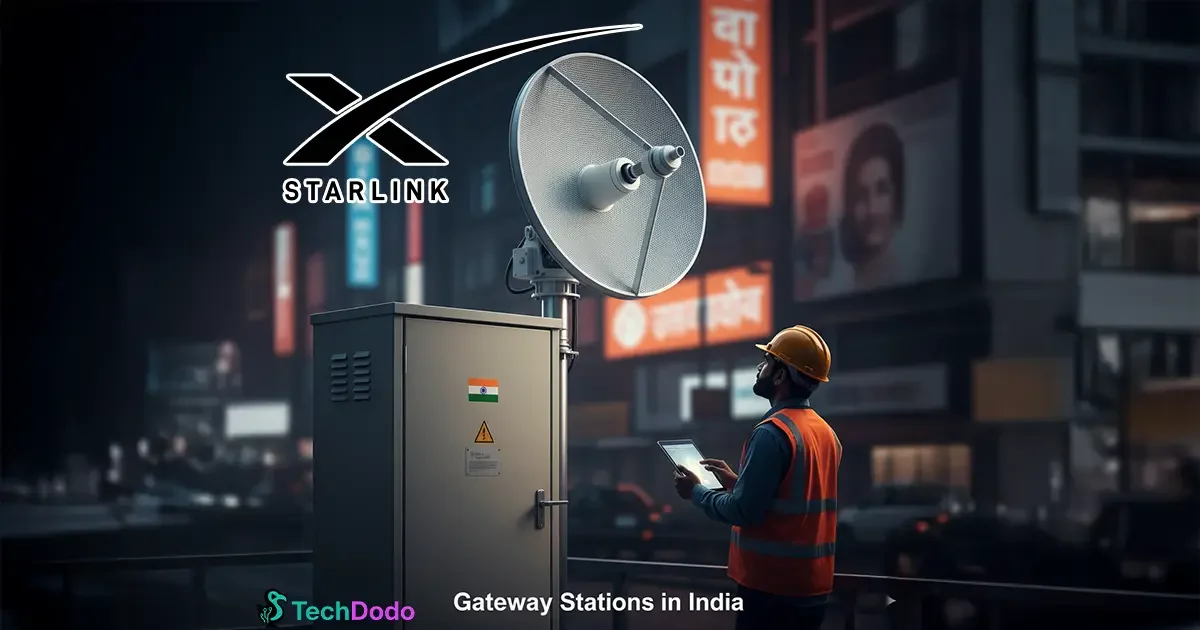Starlink gateways in India: who runs them matters more than you think
If you were hoping Starlink would flip the switch in India and call it a day, here’s the fine print that changes the game: the Department of Telecommunications (DoT) has told the company that only Indian nationals should operate its gateway earth-stations—at least for now. Reports say nine such sites are planned across major cities (think Mumbai, Noida, Chandigarh, Kolkata, Lucknow—and possibly Hyderabad). As of October 27, 2025 (IST), that’s the clearest signal yet that India wants security and sovereignty baked into satcom infrastructure from day one.
What’s actually happening
Starlink is preparing a network of gateway earth-stations in India to support commercial satellite internet. These gateways are the terrestrial “on-ramps” that tie user terminals to the broader backbone—without them, you don’t get service quality or lawful interception compliance. Multiple outlets report nine planned locations, with city names recurring across coverage; full site list and final addresses aren’t public. Meanwhile, IN-SPACe has already given Starlink a five-year authorization for its constellation over India—another big prerequisite.
The twist: per Economic Times/Business media reporting, DoT has instructed that only Indian nationals should operate these gateways until further notice (foreign experts may be considered after security clearance). That aligns with India’s broader satcom security posture—local control, local data handling, and close integration with lawful interception.
Why India is drawing this line
Look at the rulebook. The Telecommunications Act, 2023, and downstream frameworks (GMPCS licence conditions and TRAI recommendations) emphasise domestic gateways, security vetting, monitoring, and data localisation. Lawful interception capabilities, restrictions on remote access, and a resident Indian security lead are part of the general direction for telecom networks. In short: sovereignty first, convenience later.
In mid-2025, India also tightened satcom security norms—think 30 separate requirements from site security to metadata collection and local storage. The reported Indian-only operator condition for gateways fits neatly into that tightening.
What this could mean for Starlink’s timeline
Short term, this requirement could slow headcount ramp-up if Starlink planned to deploy foreign operations teams. But the constraint is not a show-stopper. Two reasons:
- Security clearance path exists. Reports indicate foreign experts may be allowed post clearance by the Ministry of Home Affairs. That’s a standard route in sensitive infra.
- Local talent pool is deep. India’s satcom/telecom ecosystem—from gateway integration to NOC operations—already supports Bharti-OneWeb, Jio-SES, and others. Hiring or partnering locally is feasible, arguably faster.
Starlink’s India journey is already on the tracks: conditional green lights in May 2025 were widely reported, and the IN-SPACe authorization arrived later, clearing a big regulatory hurdle. Gateways run by Indian nationals look like the next compliance peg to hit before wider service.
India-specific upsides (and hard realities)
Upsides
- Local jobs and contracts: Operations, site maintenance, power and cooling, fibre backhaul, security, and compliance audits—all become local vendor opportunities. Expect RF engineers, NOC techs, and field ops roles to open up.
- Tighter compliance: With Indian nationals operating gateways, integrating lawful interception and data localisation becomes operationally simpler and auditable.
- Policy alignment: Fits Make-in-India flavours already nudging satcom infra procurement and localisation over time.
Hard realities
- Hiring & training: Starlink will still need hands-on know-how transfer. If foreign SMEs can’t be on-site early, knowledge ramp could take longer. Reports suggest security clearance could unlock this—but timelines are unknown.
- City permits & fibre: Nine city gateways mean nine sets of power, municipal permissions, and last-mile fibre SLAs. India’s metros are better equipped, but execution remains non-trivial. (Specific SLAs and target go-live dates are not disclosed as of IST today.)
How this affects buyers—and competitors
For consumers and enterprises, the policy stance doesn’t change the promise: high-throughput satellite internet for underserved areas and resiliency for everyone else. But early availability will hinge on how quickly Starlink satisfies DoT’s security and operational conditions. Competitors like OneWeb and Jio-SES have already internalised similar norms; expect a compliance-led race, not just a bandwidth race.
What local contractors should watch
- Pre-qualify on compliance. Build muscle in lawful interception interfaces, physical security, access controls, and audit readiness. That’s where the bar is set.
- Backhaul and power resilience. Diesel-genset policy, battery sizing, and fibre path diversity will be scrutinised at each gateway. (City-specific specs remain undisclosed.)
- Talent pipelines. RF engineers, network ops, and data-centre techs with satcom exposure will be in demand. Consider vendor-neutral training now; foreign SME shadowing later if clearances open up.
There’s a bigger strategic message here: India wants modern satcom, but on India’s terms—domestic control, domestic accountability. If Starlink meets those terms quickly, rollouts can follow. If not, the gates stay half-open.
